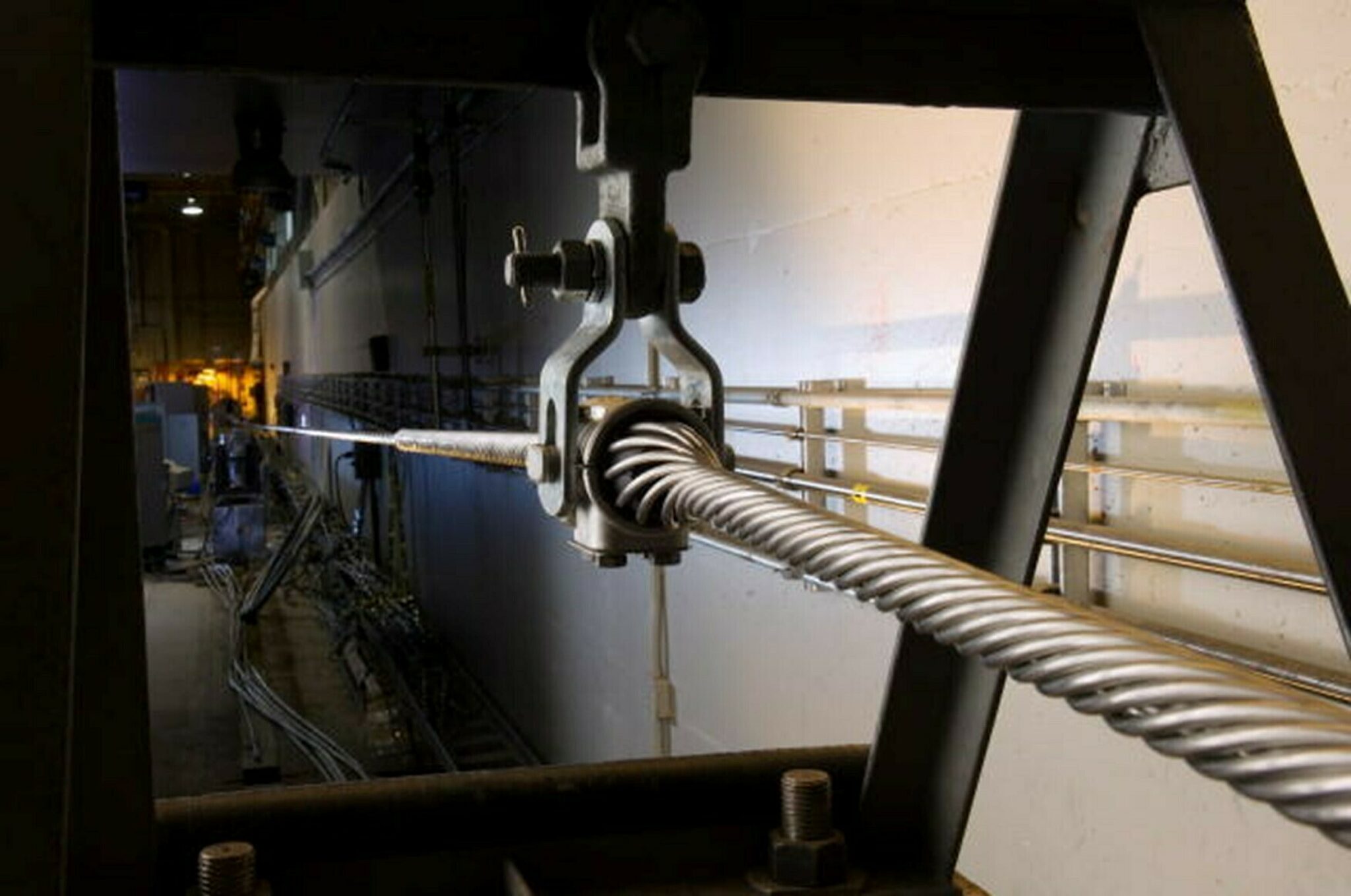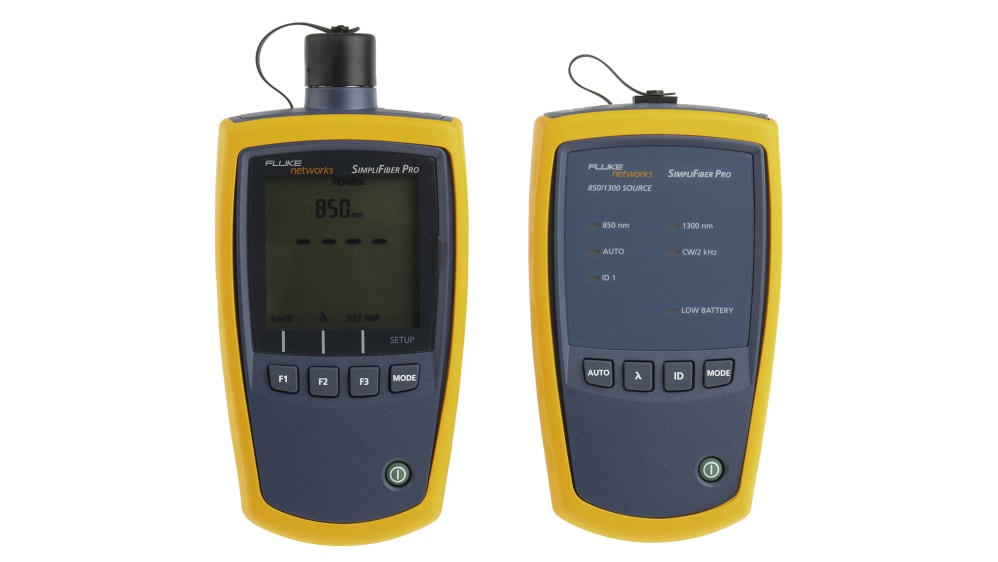Discover the Importance of Optical Fiber Testing in Modern Telecom
In the realm of modern-day telecoms, the importance of optical fiber testing can not be overemphasized, as it serves as the foundation for guaranteeing network dependability and efficiency. By applying regular testing procedures, operators can preemptively identify potential concerns such as signal destruction, therefore protecting against interruptions that might show expensive. Advanced strategies like Optical Time-Domain Reflectometry play a critical duty in this procedure, yet several may forget the broader ramifications of these methods. What are the details benefits that routine testing offers, and exactly how might it shape the future landscape of telecoms?

Recognizing Optical Fiber Testing
Optical fibre screening is an essential procedure in telecommunications that ensures the integrity and efficiency of fibre optic networks. This testing incorporates a variety of treatments created to examine the physical and useful qualities of optical fibres - robotic vision. Trick criteria assessed consist of optical power loss, bandwidth capability, and fault location, which are important for keeping top quality interaction links
The screening process typically includes the use of customized equipment such as Optical Time-Domain Reflectometers (OTDR) and Optical Power Meters. OTDRs are used to identify and define faults, mates, and connectors within the fiber, while power meters gauge the transmitted light signal stamina to identify performance.
In addition, screening is carried out at various phases, consisting of during setup, upkeep, and troubleshooting, to make sure that the network satisfies market criteria and operational requirements. Conformity with standards established by companies like the International Telecommunication Union (ITU) and the Telecommunications Market Organization (TIA) is extremely important.
Advantages of Routine Checking
Normal screening of optical fibres yields countless advantages that significantly enhance network dependability and efficiency. Among the primary benefits is the early detection of prospective concerns, such as breaks or deterioration in the fiber, which can cause expensive downtime if left unaddressed (optical fibre diameter analyser). By recognizing these problems proactively, telecommunications companies can lessen solution disturbances and ensure consistent connectivity for their customers
Furthermore, routine testing helps to maintain the stability of signal quality. As optical fibres age, their performance can be affected by factors such as environmental problems and physical stress and anxiety. Routine evaluations enable for the monitoring of signal loss and overall transmission efficacy, ensuring that the network runs at ideal levels.
An additional significant benefit is compliance with sector requirements. Regular testing sustains adherence to regulative needs, therefore alleviating legal and monetary threats related to non-compliance. It improves the total life-span of the fiber facilities by promoting timely maintenance and repairs.

Usual Checking Approaches
Testing optical fibres utilizes numerous methods to guarantee the honesty and performance of telecommunications networks. Among the most typical techniques is Optical Time Domain Name Reflectometry (OTDR), which assesses the entire length of the fibre by sending out a pulse of light and determining the representations caused by blemishes useful reference or breaks. This method offers comprehensive info regarding the area and intensity of mistakes.
An additional widespread approach is using Optical Power Meters, which measure the amount of light transferred with the fiber. This method assists figure out the loss of signal toughness, making certain that it meets industry standards. Additionally, Visual Mistake Locators (VFL) are used to recognize breaks or severe bends in the fibre by projecting a noticeable laser light into the cable.
Insertion loss testing is additionally critical, as it measures the loss of signal power arising from links and mates within the network. The usage of Polarization Setting Diffusion (PMD) testing evaluates the impact of fiber attributes on signal stability.
Each of these approaches plays a crucial function in maintaining the efficiency and dependability of optical fibre networks, inevitably adding to seamless telecommunications procedures.
Influence On Network Performance
The honesty and performance of optical fibre networks straight affect overall network efficiency. In modern-day telecommunications, the efficiency of information transmission depends heavily on the top quality of the optical fibres made use of. Any kind of deterioration in the fibre's problem-- whether visit their website because of physical damage, contamination, or extreme bending-- can result in enhanced depletion and signal loss, dramatically affecting information integrity and rate.
Normal optical fibre screening is necessary to identify and remedy potential problems before they show up as network failures or downturns. Strategies such as Optical Time Domain Reflectometry (OTDR) and insertion loss screening enable service technicians to measure the efficiency of fiber links precisely. These examinations not only examine the physical condition of the fibres yet also make certain compliance with market criteria, thus guarding the network's reliability.
Additionally, a properly maintained optical fibre network adds to minimized operational prices and boosted customer contentment, as end-users experience less interruptions and higher information rates. Eventually, the focus on extensive optical fiber testing techniques acts as a foundation for maintaining durable telecoms framework, ensuring that provider can fulfill the expanding needs for bandwidth and connectivity in today's digital age.
Future Trends in Examining
As we look in advance, advancements in technology are poised to reshape optical fibre screening in telecoms. The surge of automation and expert system (AI) is anticipated to improve the effectiveness and precision of testing procedures. Automated testing systems can conduct extensive assessments with minimal human intervention, substantially decreasing the capacity for errors and speeding up time-to-deployment.
In addition, the integration of device learning formulas will certainly allow predictive maintenance, allowing network companies to visualize potential issues prior to they intensify into failings. This positive method not only boosts network dependability however also optimizes operational prices.
One more emerging fad is the advancement of mobile testing tools that offer real-time evaluation - fibre testing equipment. These devices will certainly equip technicians to perform on-site diagnostics swiftly, assisting in quicker resolutions and enhancing solution quality
The development of 5G networks even more requires the evolution of screening approaches. As transmission capacity demands raise, standard testing techniques might no longer are adequate. Innovative remedies such as optical time-domain reflectometry (OTDR) next and advanced spooky evaluation will certainly end up being crucial in making certain the honesty and performance of high-speed links.

Conclusion
To conclude, optical fiber testing is important for ensuring the integrity and dependability of modern-day telecommunications networks. Routine screening techniques not only assist identify possible issues such as signal loss and faults yet additionally add to improved network efficiency and consumer complete satisfaction. As the demand for smooth connection remains to expand, the fostering of advanced testing methods will play a crucial function in preserving premium network requirements and sustaining the evolving landscape of telecoms.